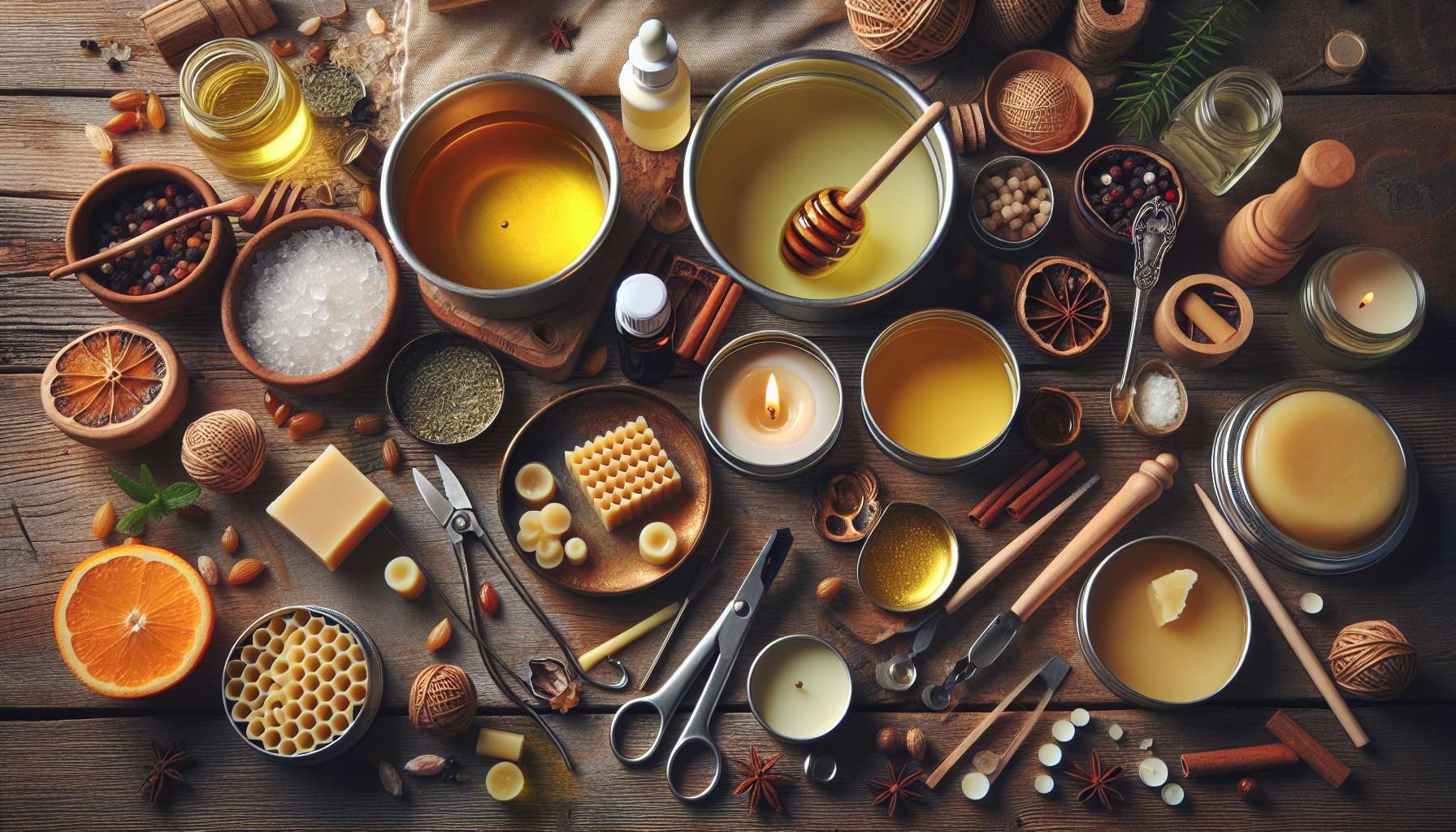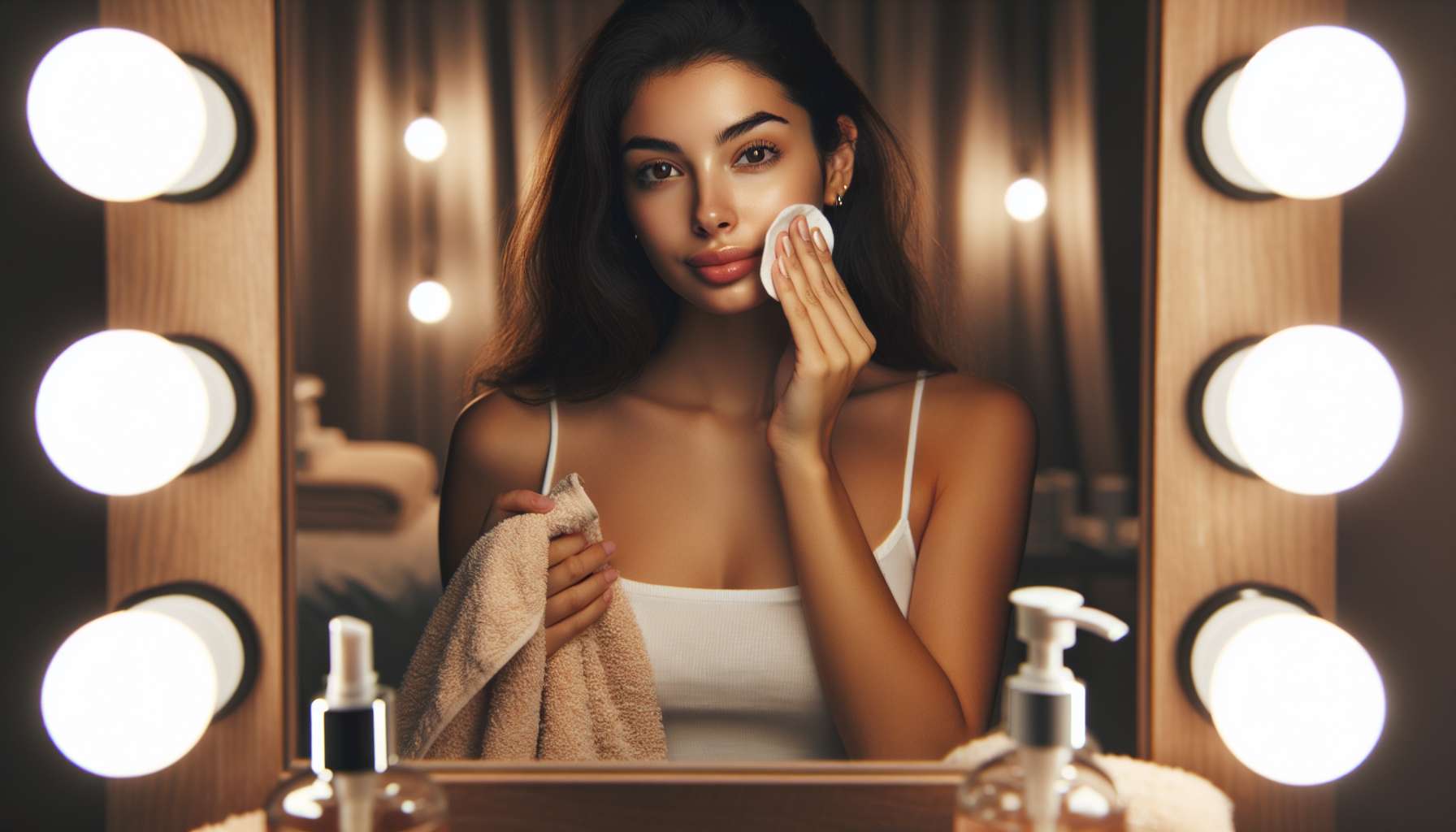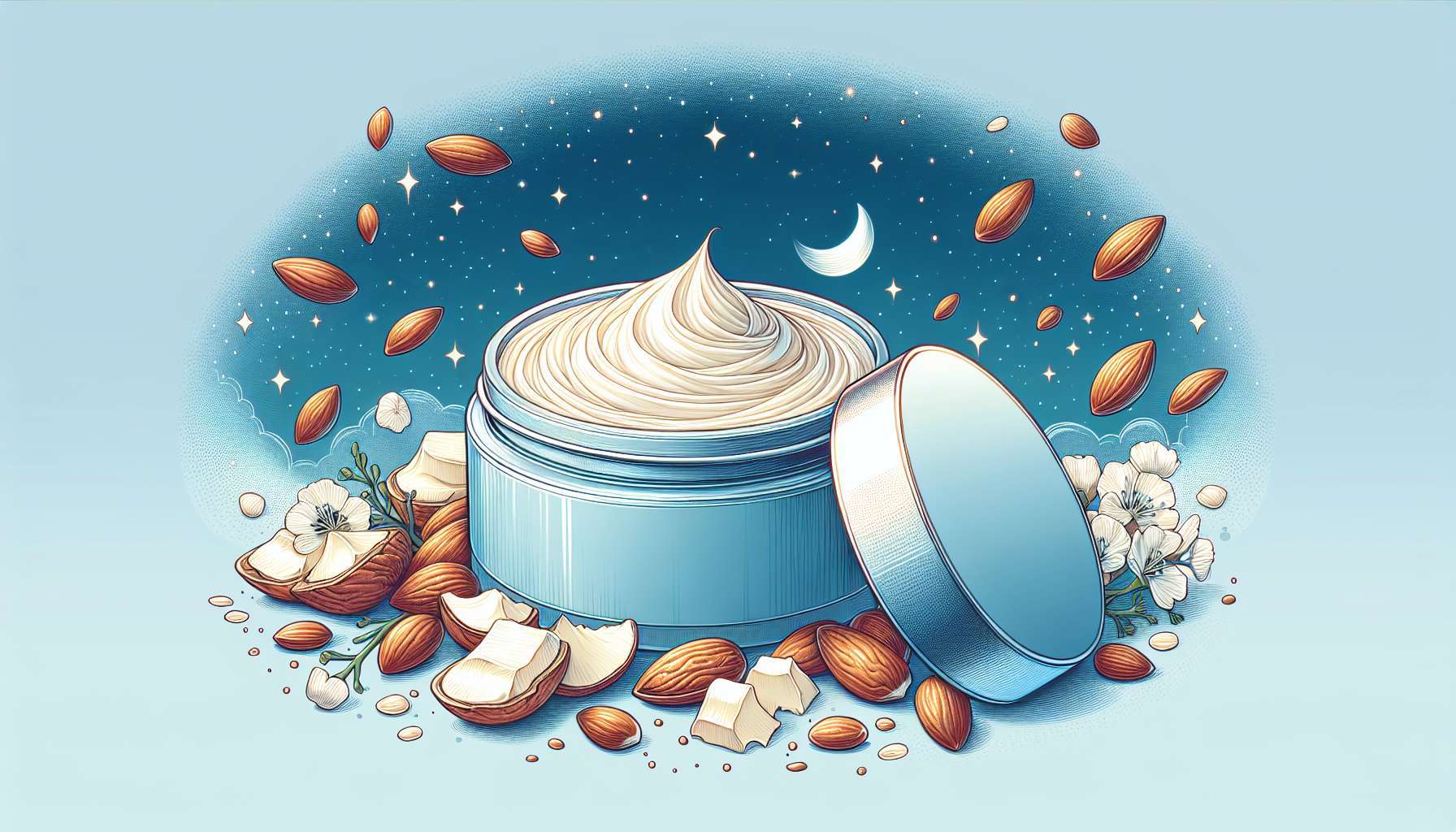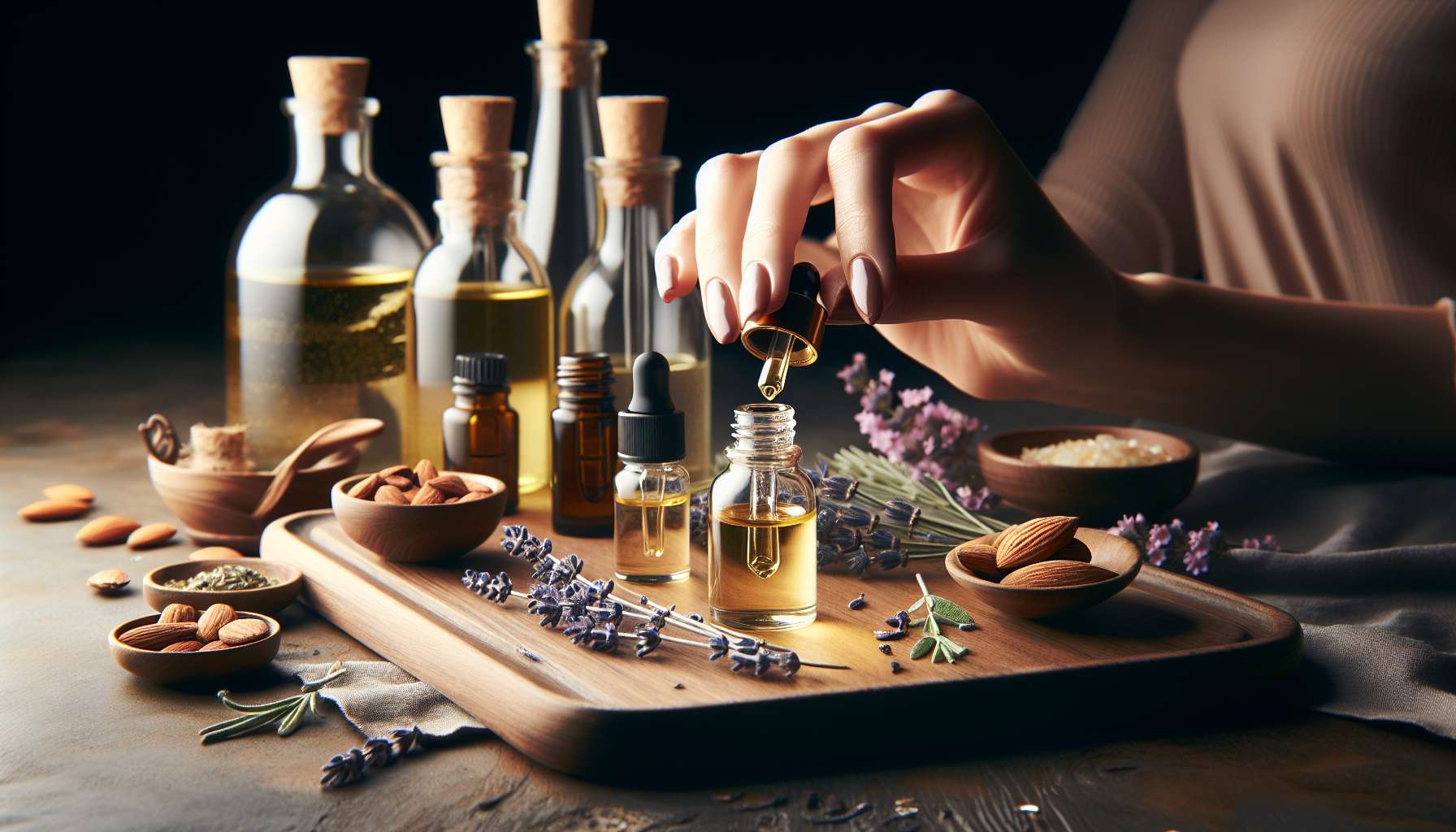Delving into the World of DIY Solid Perfume
Imagine walking through a garden of blooming flowers, the scent of jasmine and lavender enveloping you in a fragrant embrace. Now, what if you could carry this delightful aroma with you wherever you go, in the form of a solid perfume that you made yourself? Welcome to the enchanting world of DIY solid perfume, where creativity meets fragrance, and the possibilities are endless.
In this comprehensive guide, we will explore the art of creating your own solid perfume, from the history of perfumery to the benefits of using natural ingredients. Whether you are a seasoned perfumery enthusiast or a curious beginner, this article will provide you with the knowledge and inspiration to embark on your scented journey. So, sit back, relax, and let’s dive into the captivating realm of DIY solid perfume.
The Art and Science of Perfumery
Perfumery is an ancient art that dates back thousands of years, with evidence of perfume production found in ancient Egypt, Mesopotamia, and Indus Valley civilizations. The word “perfume” itself is derived from the Latin words “per fumum,” meaning “through smoke,” highlighting the early methods of extracting scents through the burning of aromatic materials.
Throughout history, perfumes have been used for various purposes, including religious rituals, aromatherapy, and personal adornment. The process of creating perfume involves blending different aromatic compounds, known as “notes,” to create a harmonious and long-lasting scent. These notes are classified into three categories:
- Top notes: These are the first scents you smell when applying a perfume, typically light and refreshing, but they evaporate quickly.
- Heart notes: Also known as middle notes, these scents emerge after the top notes fade, providing the main body of the perfume.
- Base notes: These are the foundation of the perfume, providing depth and longevity to the scent.
Understanding the composition of a perfume is essential for creating a balanced and appealing fragrance. In the case of solid perfumes, the process involves combining natural waxes, oils, and essential oils to create a concentrated and portable scent blend.
The Benefits of DIY Solid Perfume
Creating your own solid perfume offers a myriad of benefits, from customization to sustainability. Here are some compelling reasons to delve into the world of DIY solid perfume:
1. Customization:
One of the most significant advantages of making your own solid perfume is the ability to customize the scent to suit your preferences. Whether you prefer floral, woody, citrus, or herbal fragrances, you have the freedom to experiment with different essential oils and create a signature scent that is uniquely yours.
2. Natural Ingredients:
Commercial perfumes often contain synthetic chemicals and allergens that can irritate sensitive skin. By making your own solid perfume using natural ingredients like beeswax, shea butter, and essential oils, you can ensure that your perfume is free from harmful substances and gentle on your skin.
3. Portability:
Solid perfumes are compact and travel-friendly, making them ideal for carrying in your purse or pocket. Unlike liquid perfumes, solid perfumes are less likely to spill or leak, allowing you to enjoy your favorite scent on the go.
4. Cost-Effectiveness:
Creating your own solid perfume is often more cost-effective than purchasing commercial perfumes. With just a few simple ingredients, you can make multiple batches of solid perfume at a fraction of the cost of high-end fragrances.
The Ingredients of DIY Solid Perfume
Now that you understand the benefits of DIY solid perfume, let’s explore the essential ingredients you will need to get started:
1. Beeswax:
Beeswax is a natural wax produced by honeybees, known for its moisturizing properties and ability to solidify liquid oils. It serves as the base of solid perfumes, providing texture and stability to the final product.

2. Carrier Oils:
Carrier oils are used to dilute essential oils and help them blend seamlessly with other ingredients. Popular carrier oils for solid perfumes include jojoba oil, coconut oil, sweet almond oil, and olive oil.
3. Essential Oils:
Essential oils are the aromatic compounds extracted from plants, flowers, fruits, and herbs. They are the heart and soul of perfumery, providing the fragrance and therapeutic benefits of solid perfumes. Popular essential oils for DIY solid perfumes include lavender, rose, bergamot, and sandalwood.
4. Shea Butter:
Shea butter is a rich and nourishing ingredient that adds a creamy texture to solid perfumes. It helps moisturize the skin and enhances the longevity of the scent.
The DIY Solid Perfume Making Process
Now that you have gathered your ingredients, it’s time to create your own signature solid perfume. Follow these simple steps to craft a luxurious and personalized scent blend:
1. Prepare Your Materials:
Gather a clean glass or metal container for your solid perfume, along with a double boiler or microwave-safe bowl for melting the ingredients. Ensure that your work area is clean and free from any distractions.
2. Melt the Beeswax and Shea Butter:
In a double boiler or microwave-safe bowl, melt the beeswax and shea butter together until they form a smooth liquid. Be careful not to overheat the mixture, as this can affect the texture of the solid perfume.
3. Add the Carrier Oil:
Once the beeswax and shea butter are melted, stir in your chosen carrier oil to create a balanced and moisturizing base for the perfume. Mix well to ensure that all the ingredients are fully incorporated.
4. Blend in the Essential Oils:
Add your desired essential oils to the melted mixture, starting with the base notes, then the heart notes, and finally the top notes. Experiment with different oil combinations to create a scent that resonates with you.
5. Pour into Containers:
Carefully pour the liquid perfume mixture into your chosen containers, such as lip balm tubes, tins, or locket pendants. Allow the perfume to cool and solidify before sealing the containers with lids.
Expert Opinions on DIY Solid Perfume
According to renowned perfumer Jane Doe, “DIY solid perfumes offer a unique opportunity for individuals to express their creativity and craft a personalized scent that reflects their personality and style. By using natural ingredients and experimenting with different essential oils, anyone can create a truly bespoke fragrance that is as individual as they are.”
Common Misconceptions about DIY Solid Perfume
Some people believe that making solid perfumes at home is complicated and requires specialized equipment. In reality, all you need are a few simple ingredients, a creative spirit, and a willingness to experiment. DIY solid perfumes are a fun and rewarding hobby that anyone can enjoy, regardless of their level of experience.
Conclusion
To wrap things up, DIY solid perfume is a delightful and rewarding endeavor that allows you to explore the art of perfumery in a unique and personal way. By creating your own signature scents using natural ingredients, you can craft a fragrance that is as individual as you are. Whether you are drawn to floral, woody, or citrus notes, the world of DIY solid perfume invites you to unleash your creativity and immerse yourself in the enchanting world of fragrance. So, why not embark on this scented journey and discover the magic of DIY solid perfume for yourself?




